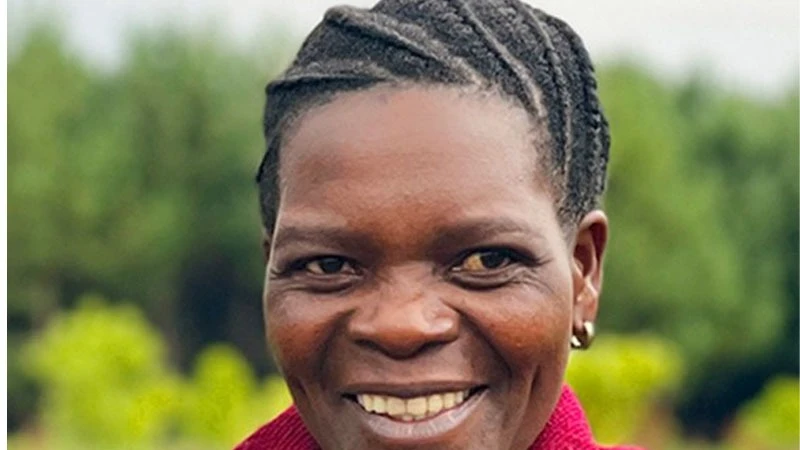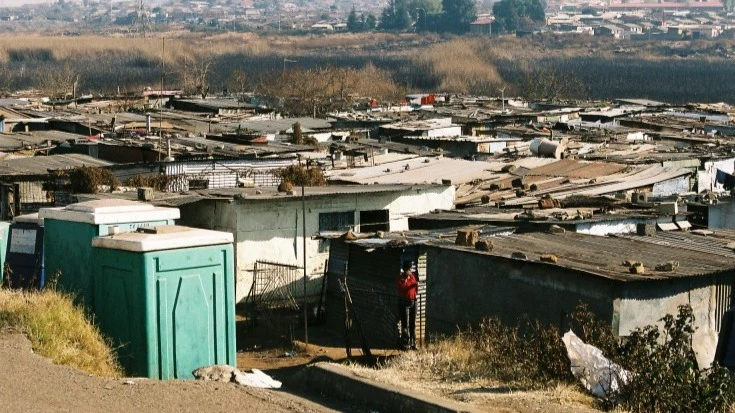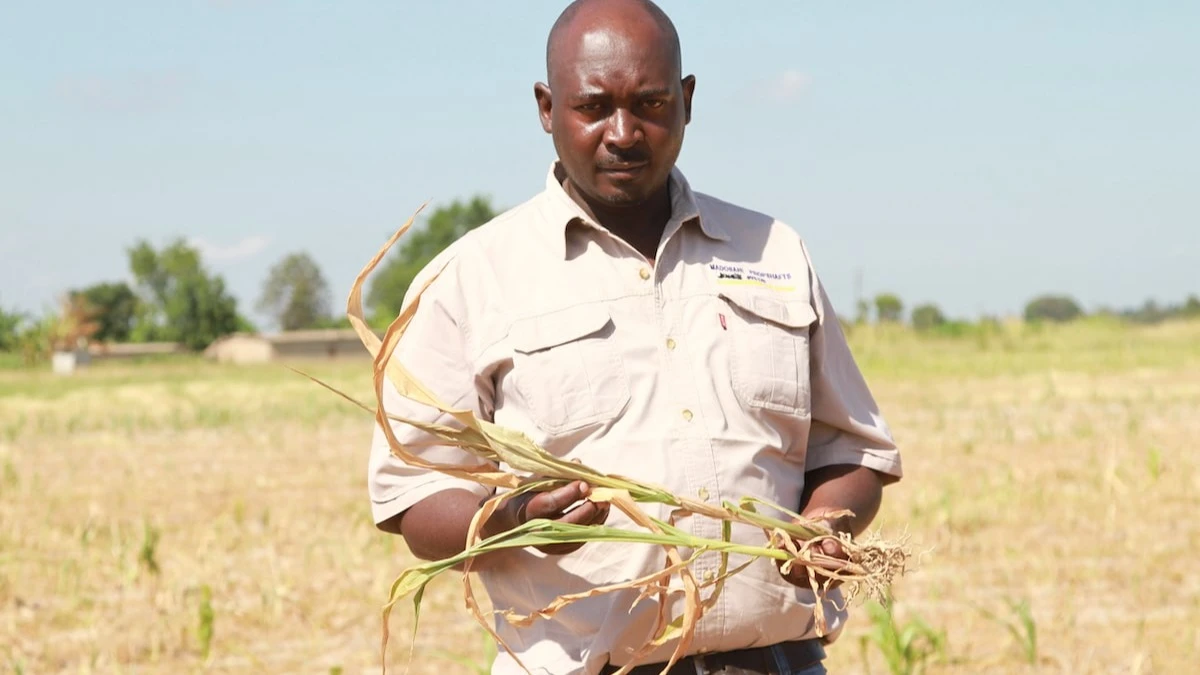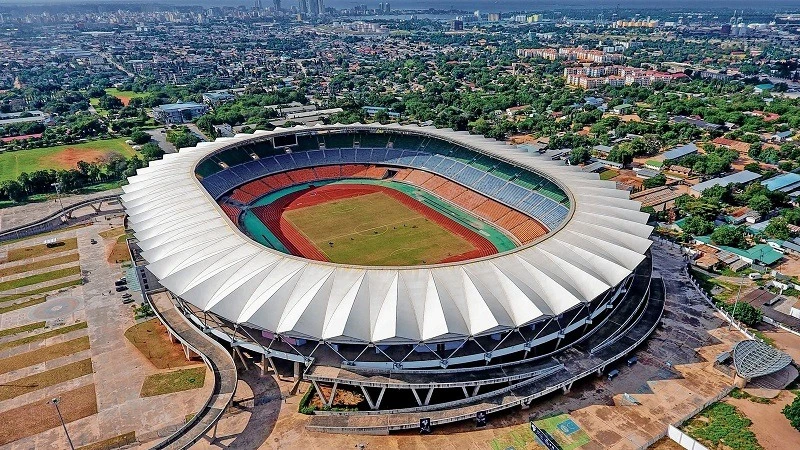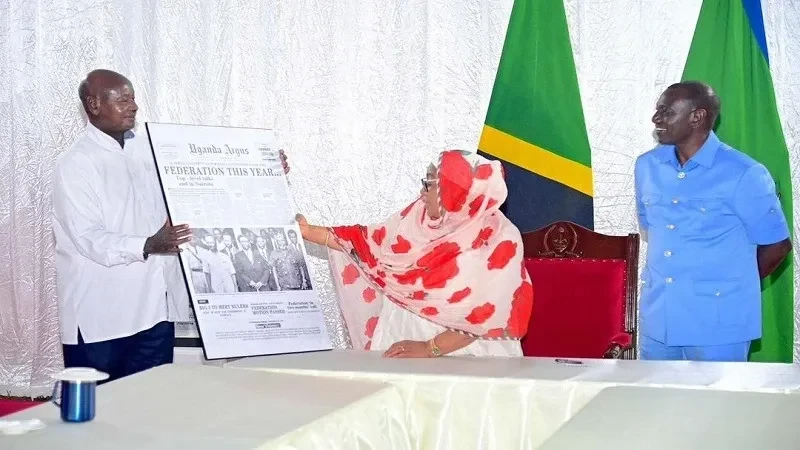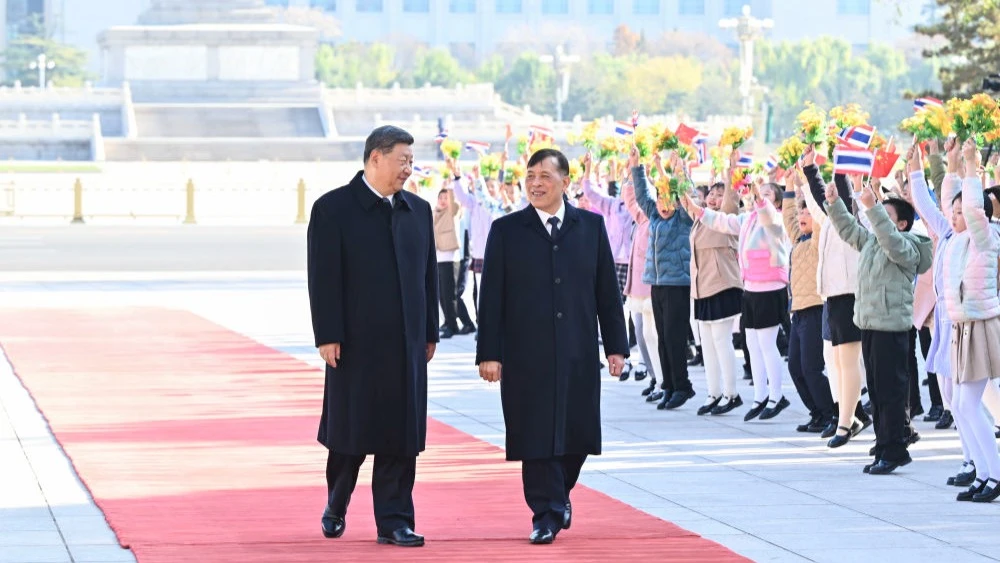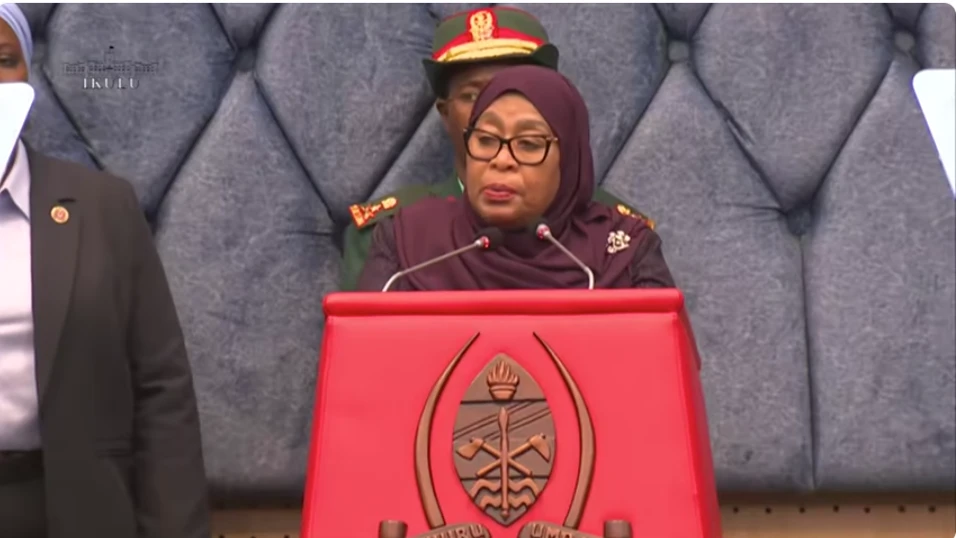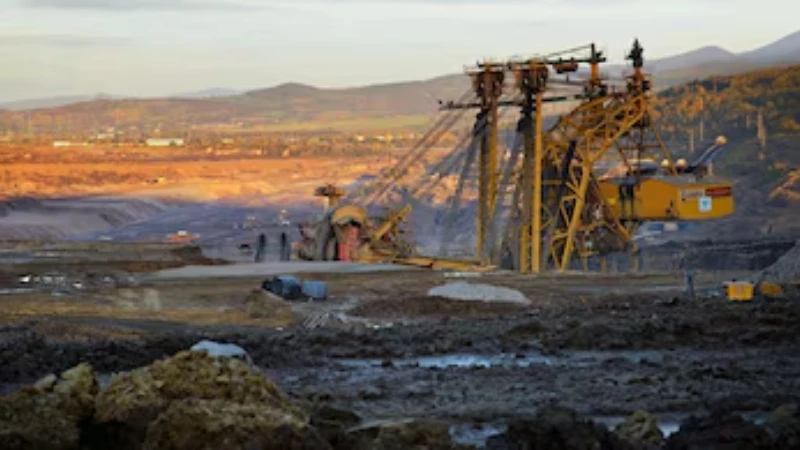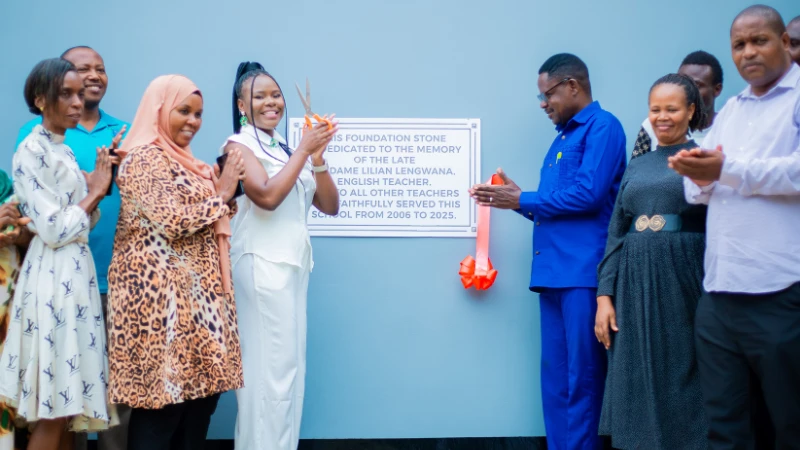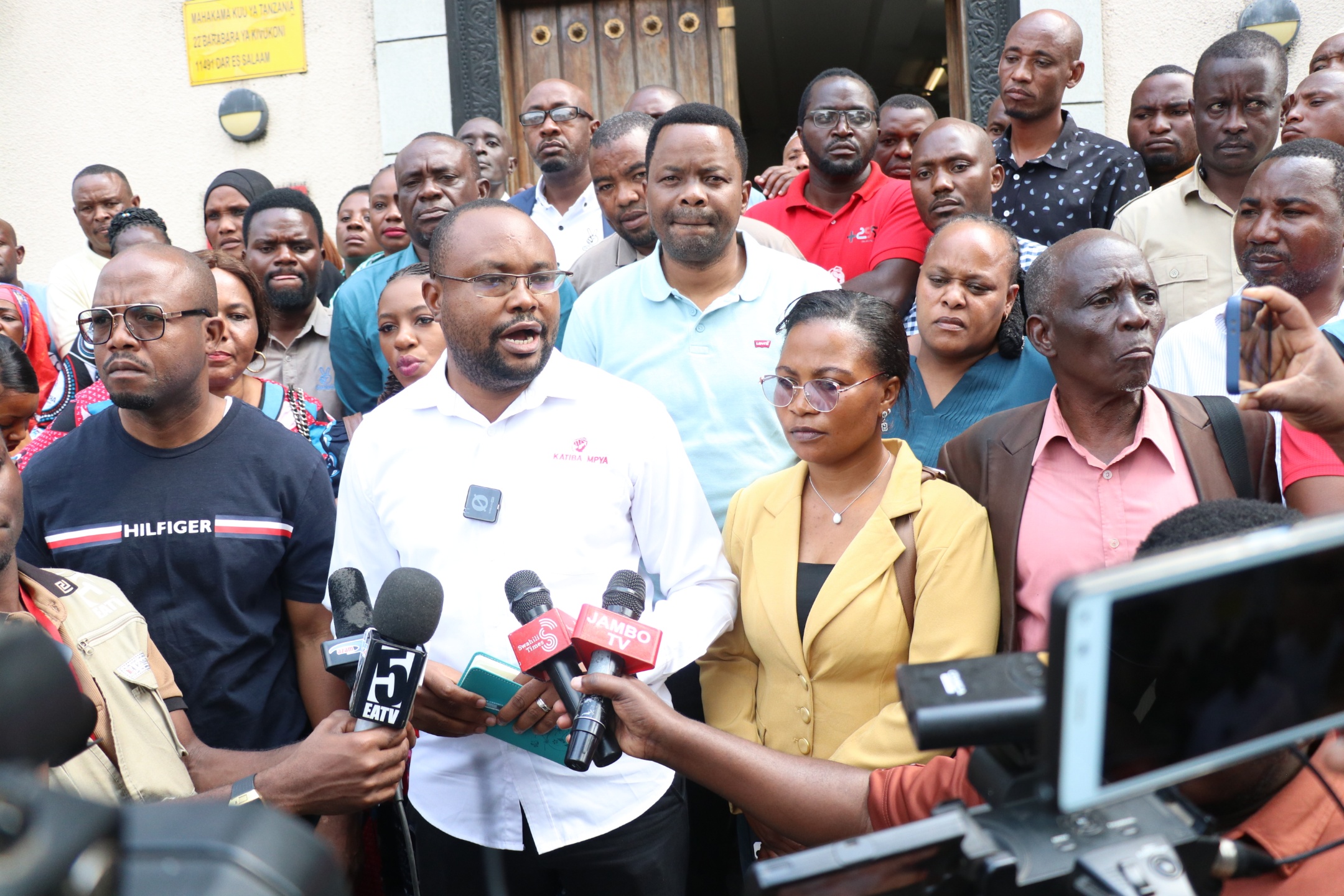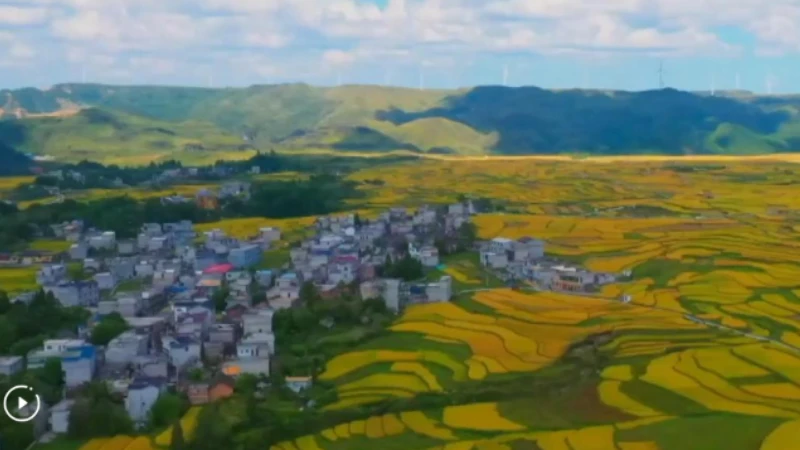The vital role of land use plans in strengthening development

IN every growing community, the way land is used determines its future. Villages that have clear and inclusive land use plans enjoy stronger development, better access to resources, and fewer conflicts.
A village land use plan is not merely a map—it is a foundation for sustainable growth. It guides how land is allocated for farming, housing, grazing, and investment while protecting natural resources and ensuring every resident benefits fairly from their environment.
Land use plans are essential for improving governance and accountability in rural areas. They give local communities the power to make informed decisions about their land, reduce land disputes, and safeguard the environment.
They also support citizens in obtaining Certificates of Customary Right of Occupancy (CCROs), strengthening land tenure security for families and future generations. When villages plan their land use properly, they lay the groundwork for peace, economic progress, and resilience against climate challenges.
When talking about land use plans, not everyone fully understands their importance or the impact they have on daily life. These plans help organize how land should be used in a village—whether for agriculture, settlement, livestock keeping, institutions, or investment. They also guide the creation of by-laws to manage land use effectively and sustainably.
Zubeda Kihiyo, Chairperson of the Mnkonde Village Natural Resources Committee in Kilindi District, Tanga Region, explains that while the government continues to support the preparation of land use plans through a participatory approach, women in her community have specific needs that must be addressed. She calls upon the government to improve access to water in designated farming and livestock areas.
“We need water in those areas because women and children suffer,” says Kihiyo. “When they go to fetch water, they sometimes encounter wild animals such as leopards, hyenas, and lions. It’s very dangerous.”
Women and children in Mnkonde reportedly walk between five and six kilometers daily to fetch water from the Mkomwa source. Kihiyo urges the construction of water dams and pipelines to supply water directly to the villages. She adds that if women had water nearby, they would have more time to engage in farming and other productive activities.
She advocates for the allocation of at least two to three acres of land to women within planned areas, noting that many are forced to rent land from private individuals to cultivate crops.
According to the Newly Revised National Land Policy of 1995 (2023 Edition), launched in March 2023, only 2,944 out of 12,318 villages in Tanzania currently have land use plans. A large portion of agricultural and livestock activities still takes place on unplanned land, leading to unsustainable practices, recurring land conflicts, and reduced productivity.
To tackle these challenges, the government aims to create systems that protect agricultural and grazing lands shared by villages. It will also identify and safeguard all areas suitable for farming and livestock keeping, as well as establish designated cattle routes to minimize land use conflicts.
Domina Bushaija, a mother of three from Ilala District Council in Dar es Salaam, stresses that women must be at the heart of these initiatives. “We urge the government to ensure that women are empowered equally with men,” she says. “Women must benefit from land rights supported by access to water infrastructure, climate-smart agriculture, and agro-ecological farming programs.”
Bushaija further emphasizes that women need equal opportunities and voices in land use decisions, climate action, and natural resource management. She adds that access to agricultural extension services, modern technology, and market connections would help women increase productivity and improve their livelihoods.
Ali Mnunga, Handeni District Land Officer, advises that villagers should actively participate in planning their land use. “When citizens plan how to use their land—whether for farming, livestock, institutions, investment, or forest conservation—they should also point out where water dams should be built,” he says. “They are the ones who understand their local challenges best.”
He adds that when land experts visit villages, residents should communicate their priorities clearly. Experts can then evaluate the proposed sites and provide technical guidance to ensure that development projects meet both community needs and environmental standards.
In Lusane village, positive change is already visible. Sadick Mungia, Chairman of the Lusane Village Natural Resource Committee (VNRC), says that since the introduction of land use plans, residents now understand the importance of designated areas. “If someone encroaches on our land, we can take action and educate them about proper land use,” he says.
Mungia expresses gratitude to the European Union, which supported the preparation of Lusane’s land use plan under the Integrated Forest Biomass Energy Solutions for Tanzania (IFBEST) project. As a result, Maasai farmers in the area now cultivate crops such as pumpkins, beans, cowpeas, sunflower, and maize—diversifying their livelihoods beyond livestock keeping.
Pastor Isaya Nyange of Nameloki Baptist Church in Lusane village, says that EU funding has helped resolve a 27-year land boundary dispute between Lusane and Kitingi villages. “Our people are now living in safety and working on development projects,” he says, though he notes that the challenge of water scarcity remains.
Nyange adds that cooperation between neighbouring villages has improved significantly, strengthening peace and community ties. However, he calls upon the Land Commissioners of Tanga and Morogoro Regions to help verify the remaining unmarked boundary between Kilindi and Mvomero districts, particularly between Lusane and Kibati villages.
“This will allow our residents to engage more confidently in agriculture, forest conservation, and protection of the Oloilili village forest reserve,” he explains. “We want to stop illegal logging and farming by outsiders who claim the forest belongs to Kibati village.”
Land use planning is, therefore, not just a technical exercise—it is a pathway to empowerment, sustainability, and peace. When communities work together to plan and manage their land wisely, they secure a better future for themselves and generations to come.
© 2025 IPPMEDIA.COM. ALL RIGHTS RESERVED



